Purposeful collaboration: how to make it possible
What does collaboration look like in a hospice setting and what are the lessons for an integrated health and care system? Kate Heaps reflects on the need to value different perspectives.
Our recent community event on driving purposeful collaboration helped us to explore the skills, knowledge, behaviours and support that are essential to help us achieve our future ambitions for the south east London health and care system.
As a south east London resident I’ve got skin in this game – if we make the system work better for local people, it’ll work better for me, my loved ones, friends and neighbours too.
I’ve noticed that health and care staff sometimes ‘other’ our population and talk about engaging with people as if it is a task to do. But for me, this is about us planning and delivering care for local people with diverse needs and challenges who I live and work beside every day.
In hospices, we can only achieve what we need to achieve with and for people when we collaborate with colleagues inside and outside of our organisation, as well as collaborating with the patient, their family and friends and the community.
Clear and shared purpose
For every person, we start with ‘what matters to you’ and we draw on their and our strengths and assets to achieve their goals. It’s easier to do this at an individual patient level, and when we have a real sense of urgency my colleagues often go to extraordinary lengths. But that’s also because we often have a clear and shared purpose of what it is we need to achieve.
Everyone is there to help each patient achieve the best quality of life, so it’s easy to get behind the purpose and, when in a leadership position, make sure colleagues are empowered to act.
Importantly, we have a solution-focussed culture and a can-do attitude. Everyone in the multi-professional team knows what they do best, and we trust that colleagues will use their skills and connections generously to get the necessary resources to help the patient achieve their goal.
It’s hard to put up barriers when you have such a compelling and shared cause.
In hospices, this is made easier because clinicians have fundraisers working in our midst, the best connectors and resource investigators I have ever known. It can be extremely difficult to say no to a fundraiser when they get the bit between their teeth. So the urgent wedding for the dying patient gets all the bells and whistles it would usually take months to arrange. And the person who wants to travel to the seaside with family to eat fish and chips on the beach for the last time, gets there in the comfort of a specially-commissioned ambulance with paramedics who seemingly have all the time in the world.
It’s hard to put up barriers when you have such a compelling and shared cause.
My role as a leader in the system is to make all of this possible, by ensuring the resources are there and that the attitude is not why, but why not?
Challenges of scale
I work hard to make sure that my team has the necessary connections across organisations and communities so that (almost) anything is possible. The challenges are in doing this at scale. Communication is often our main asset when we are working with patients and families – we need to use this skill to communicate and convene with colleagues across our complex system.
To communicate and convene in the true spirit of collaboration we need to be ready to share our resources, to give one another the courage to try things and to work differently, to encourage a focus on the right risks and to challenge and learn together when we don’t get it right. But above all, we need to keep the needs of the people we serve as our common purpose. By doing so we can achieve remarkable things and all constantly improve our practice.
I hope that through better integration in our new local care partnerships and integrated care system we can build enabling governance processes that are no longer dominated by the large NHS trusts. And structures that recognise that the community I live in, all of our local organisations and the staff within them have something equally valuable to bring to the table.
By valuing these different perspectives, we’ll ensure our first focus is on our population. This will allow us to transform the system for the people we serve, rather than expecting people in our communities to fit into our system.
We’ll all need to develop our skills and confidence to try new things, but I’m optimistic that the time and culture is right, and that with the right leadership we’ll succeed.
Kate Heaps is Chief Executive of Greenwich and Bexley Community Hospice, and Palliative and End of Life Clinical Lead for South East London ICS.
